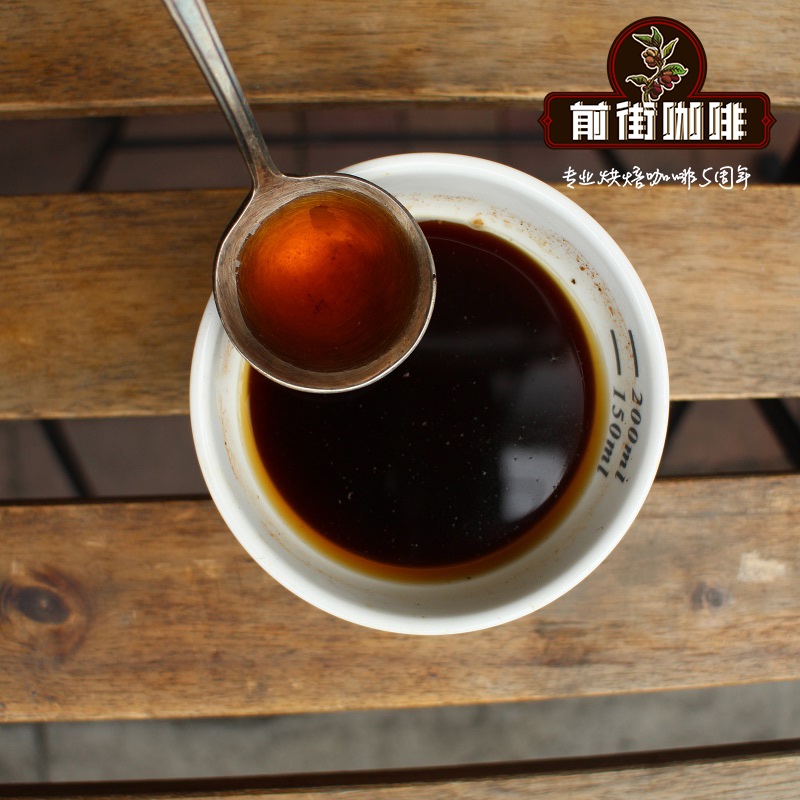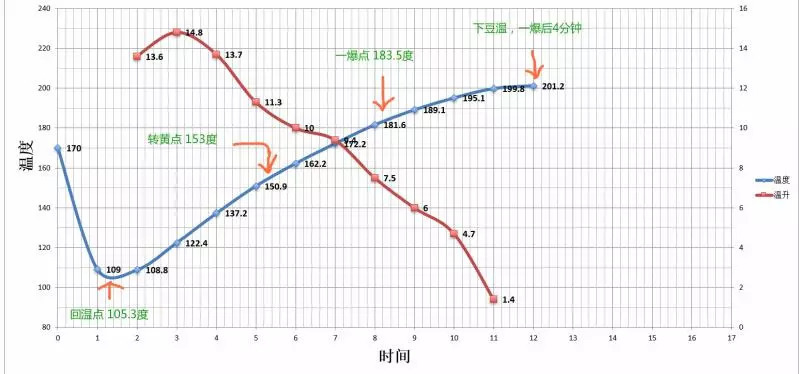What are the common types of defective beans in raw coffee? the effect of defective beans on coffee

Professional coffee knowledge exchange More coffee bean information Please pay attention to coffee workshop (Weixin Official Accounts cafe_style)
According to the International Coffee Organization (ICO), about 1.5 million metric tons of defective beans are produced worldwide each year. Defective beans will be consumed by the producing country itself or diverted to low-cost formula beans to make composite coffee beans or sold to instant coffee factories at a low price to make three-in-one coffee, etc.
Mixed bitter taste, mud taste, salty astringent taste and sour taste, etc., is the sum of the taste of defective beans, it is difficult to swallow, a cup of coffee as long as there is a black bean or sour bean, it is enough to destroy a good cup of coffee, only zero defective beans can meet the standards of Clean Cup, the "regional taste" of fine coffee can be revealed. Dirty, defective beans are the biggest killer of fine coffee.
Good quality coffee beans will be selected beans, and now many professional independent coffee shops often say that their coffee has been selected beans, so what exactly is the bean selection?
We're picking out "defective beans."
Defected beans are bad coffee beans, or substances other than coffee beans mixed into the whole bag of coffee beans. We pick the green beans before roasting them.
There are several main types of defects in green coffee beans:
foreign substances
Substances other than coffee beans, such as small gravel, sand, branches and other impurities, will be received in the whole batch of coffee beans because they are not specially selected and removed during the processing process. (Please refer to the production process for the cup of coffee in your hand)
Whole black beans, half black beans
Unripe beans are overfermented during processing, leading to microbial infection. It gives coffee a fermented, sour, phenolic (medicinal) taste. Black or dark brown appearance of raw beans is the main discrimination method.
Whole sour beans, partial sour beans
During harvesting and processing, contaminated fermentation occurs due to microbial invasion and infection. It makes coffee fermented, musty, earthy and pungent. The appearance of sour beans has local bruising and moldy signs.
moldy bean
Poor temperature and humidity during storage are the main causes. It will make coffee taste mixed, and fermentation taste, mold taste, earthy taste, phenol taste (drug taste) and so on. There will be a light green film on the surface of raw beans that cannot be pulled off.
soybean
Some of the green bean husks were not removed completely due to defects in the hull removal process.
Worm-eaten beans
Coffee borers invade and reproduce when coffee fruits are ripe, and larvae nibble on fruits to grow. Makes coffee rancid, cloudy, musty, irritating acid. The green beans will have one or more pits on the surface.
green bean
Coffee is harvested before it ripens or partially ripens. It gives the coffee a taste of straw or grass, which can seriously damage the taste. The center of the bean will be depressed into a semilunar shape.
wilted bean
Malnutrition or lack of water when growing. It will make coffee taste fermented, musty, earthy and other tastes or odors are not strong, but it will affect the taste of coffee. Raw beans will have wrinkles.
shell bean
A genetic mutation. Causing uneven baking, easy to carbonize to produce a scorched taste, too much carbonized ingredients will have adverse effects on health. Hollow green beans.
broken bean
Process damage. It is easy to mold at the gap, or it will produce uneven baking when baking. Uncomplete green beans due to knife cuts or collisions.
When we pick up these defective beans above, we will start baking. After completion, some manufacturers or stores will pick up defective beans again. They will pick up burnt beans and some defective beans that are not picked clean when picking raw beans, such as beans with grain, moth-eaten beans, wilted beans, broken beans, etc. There is also a defect that will only appear after baking is completed:
White beans (also known as dead beans)
immature or partially ripe coffee beans that are ivory colored when roasted. It gives coffee a raw, rice-straw or grassy taste.
Because there are too many kinds of defective beans that cannot be selected by machine, they can only be picked out manually one by one, making picking beans a very time-consuming and labor-intensive matter. In addition, the defective beans picked out will account for more than 10% to 20% of the total output, and these defective beans will be discarded directly, which also greatly increases the cost of goods, so some manufacturers or stores will omit this step that costs both money and time.
So, what happens if you don't pick? These defective beans can give a cup of coffee an unpleasant taste, such as musty, rotten or rancid, sharp and pungent acid taste and taste. However, some manufacturers will roast the coffee beans a little deeper, so that the coffee tastes bitter charred, to mask these bad tastes. But although these bad tastes can be masked by burnt bitterness, the body can react to these bad, bad defective beans, such as headaches, stomach pain, etc., and more sensitive people can also have palpitations, nausea, and even nausea. These feelings and conditions make people who don't know coffee, or people who are new to coffee, retreat.
Defective beans are basically bad coffee beans, drink these bad things, the body will have rejection reaction is also normal, if you have the opportunity to drink a cup of coffee cooked with defective beans, you can understand how terrible defective beans are.
Defective beans not only make coffee taste bad, but also hurt the body, and may also cause damage to the grinder and equipment.
However, it is important to know the difference between defective beans and beans of uneven size. Take Ethiopian coffee as an example. Because of the variety, it looks different in size and even has uneven roasting. These are normal and cannot be called defective beans!
Important Notice :
前街咖啡 FrontStreet Coffee has moved to new addredd:
FrontStreet Coffee Address: 315,Donghua East Road,GuangZhou
Tel:020 38364473
- Prev

What effect does defective beans have on coffee? Coffee Bean Defect Definition Coffee Main Defect Bean
Professional coffee knowledge exchange More coffee bean information Please pay attention to coffee workshop (Weixin Official Accounts cafe_style) often see roasters roasting coffee, baristas will pick out some defective beans before brewing coffee, so what exactly is defective beans? What effect will defective beans have on coffee? First, let's find out what's wrong with defective beans. Common in coffee beans
- Next

Look at the baking curve-how to determine the temperature point, a burst point?
Professional coffee knowledge exchange More coffee bean information Please pay attention to coffee workshop (Weixin Official Accounts cafe_style) Every time we roast a bean, we will record the roasting curve, record the temperature return point, firepower, temperature, explosion time of the bean, etc. Why record? It is hoped that according to the previous numerical reference, the flavor of the same coffee will be replicated to maintain the consistency of taste.
Related
- Beginners will see the "Coffee pull flower" guide!
- What is the difference between ice blog purified milk and ordinary milk coffee?
- Why is the Philippines the largest producer of crops in Liberia?
- For coffee extraction, should the fine powder be retained?
- How does extracted espresso fill pressed powder? How much strength does it take to press the powder?
- How to make jasmine cold extract coffee? Is the jasmine + latte good?
- Will this little toy really make the coffee taste better? How does Lily Drip affect coffee extraction?
- Will the action of slapping the filter cup also affect coffee extraction?
- What's the difference between powder-to-water ratio and powder-to-liquid ratio?
- What is the Ethiopian local species? What does it have to do with Heirloom native species?

